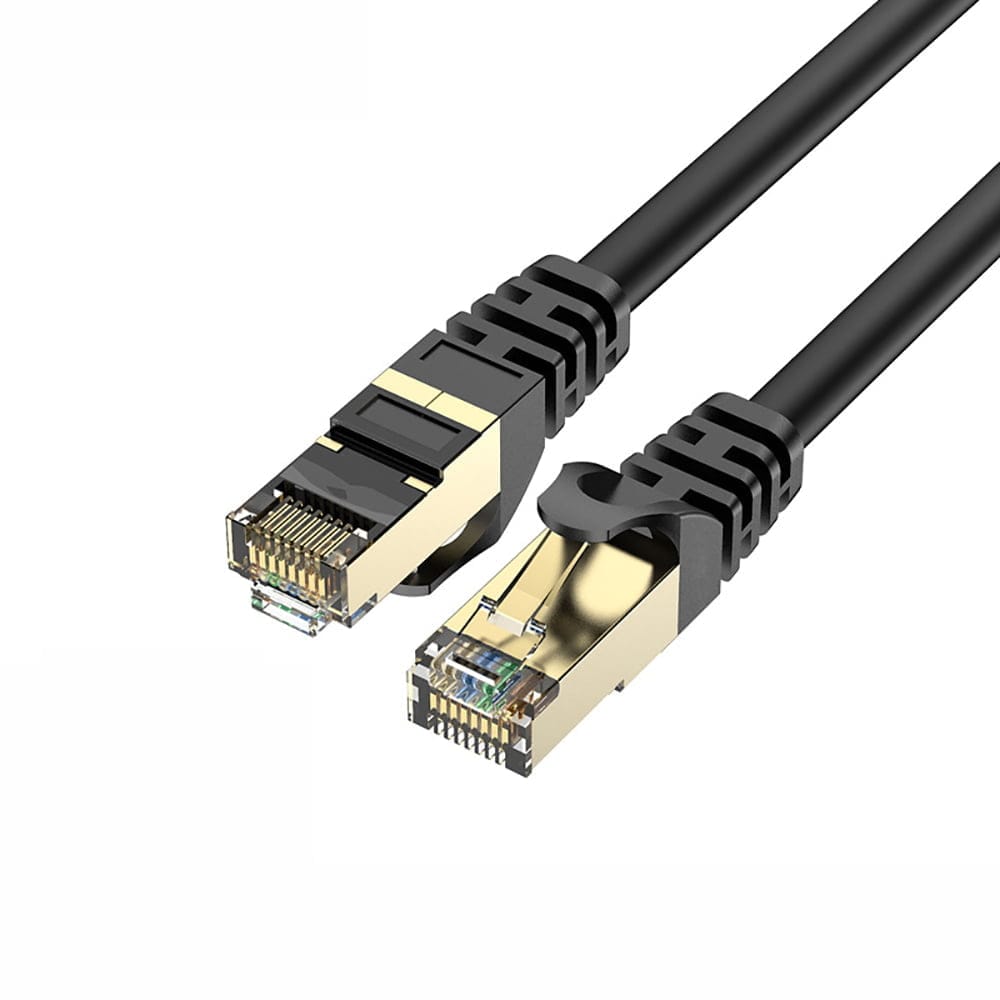Introduction
Cat Cable are essential components of wired networks, providing reliable and high-speed connections between devices. With various categories available, choosing the right cable can significantly impact network performance. This paper aims to compare Cat6, Cat7, and Cat8 cat cable by examining their technical specifications, performance, physical characteristics, and appropriate use cases.
Technical Specifications
Cat6
Cat6 cables are an improvement over the earlier Cat5e cables, offering higher data transfer rates and better performance. They support data transfer rates of up to 1 Gbps over a distance of 100 meters and 10 Gbps over shorter distances (up to 55 meters). Cat6 cables operate at a frequency of 250 MHz, providing sufficient bandwidth for most home and small business networks.
Cat7
Cat7 cables offer even higher performance than Cat6, supporting data transfer rates of up to 10 Gbps over a distance of 100 meters. They operate at a frequency of 600 MHz, providing greater bandwidth and reduced crosstalk. Cat7 cables are fully shielded, making them suitable for environments with high levels of electromagnetic interference (EMI).
Cat8
Cat8 cables represent the latest advancement in Ethernet technology, designed for high-performance applications such as data centers. They support data transfer rates of up to 40 Gbps over a distance of 30 meters. Cat8 cables operate at a frequency of 2000 MHz, offering the highest bandwidth and lowest latency among the three categories. They are also fully shielded to minimize interference and crosstalk.
Performance Comparison
| Performance | Cat6 | Cat7 | Cat8 |
| Data Transfer Rates | Supports up to 1 Gbps over 100 meters and 10 Gbps over 55 meters. | Supports up to 10 Gbps over 100 meters | Supports up to 40 Gbps over 30 meters |
| Frequency and Bandwidth | Operates at 250 MHz | Operates at 600 MHz | Operates at 2000 MHz |
| Shielding and Crosstalk | Typically uses unshielded twisted pairs (UTP) but may have shielding options. Moderate protection against crosstalk | Uses fully shielded twisted pairs (STP) with individual shielding for each pair and an overall shielding. Excellent protection against crosstalk | Uses fully shielded twisted pairs (STP) with advanced shielding techniques. Superior protection against crosstalk and EMI |
Physical Differences
Cable Construction
- Cat6: Typically consists of four unshielded twisted pairs (UTP) of copper wires. May have an optional overall shield.
- Cat7: Consists of four shielded twisted pairs (STP) with individual shielding for each pair and an overall shield. Thicker and less flexible than Cat6.
- Cat8: Similar to Cat7 but with more advanced shielding and higher quality materials. Thicker and less flexible than both Cat6 and Cat7.
Connectors
- Cat6: Uses RJ45 connectors, which are compatible with most network devices.
- Cat7: Uses GG45 or TERA connectors, which are backward compatible with RJ45.
- Cat8: Uses RJ45 connectors, ensuring compatibility with existing network devices.
Use Cases and Applications
Home Networks
- Cat6: Suitable for most home networks, providing sufficient speed and bandwidth for internet browsing, streaming, and gaming.
- Cat7: Ideal for advanced home networks that require higher speeds and reduced interference, such as smart homes with multiple connected devices.
- Cat8: Overkill for typical home networks but may be used in high-performance home setups with heavy data usage.
Business and Enterprise Networks
- Cat6: Suitable for small to medium-sized businesses with moderate data transfer requirements.
- Cat7: Ideal for larger businesses that require higher speeds, reduced interference, and greater reliability.
- Cat8: Suitable for high-performance enterprise networks that require the fastest data transfer rates and lowest latency.
Data Centers and High-Performance Networks
- Cat6: May be used for certain applications, but higher categories are generally preferred.
- Cat7: Suitable for many data center applications, providing high speeds and reduced interference.
- Cat8: The best choice for data centers and high-performance networks, offering the highest speeds, bandwidth, and reliability.
Future Trends and Compatibility
As network technology continues to evolve, the demand for higher speeds and greater bandwidth will increase. Cat8 cables are well-positioned to meet these future demands, providing a future-proof solution for high-performance networks. Ensuring compatibility with existing devices and future standards will remain important considerations for all Ethernet cable categories.
Conclusion
Cat6, Cat7, and Cat8 cat cable each offer distinct advantages and limitations. Cat6 provides sufficient performance for most home and small business networks, while Cat7 offers higher speeds and better shielding for more demanding applications. Cat8 represents the pinnacle of Ethernet technology, suitable for data centers and high-performance networks. Understanding these differences allows consumers and professionals to choose the right cable category for their specific needs.










